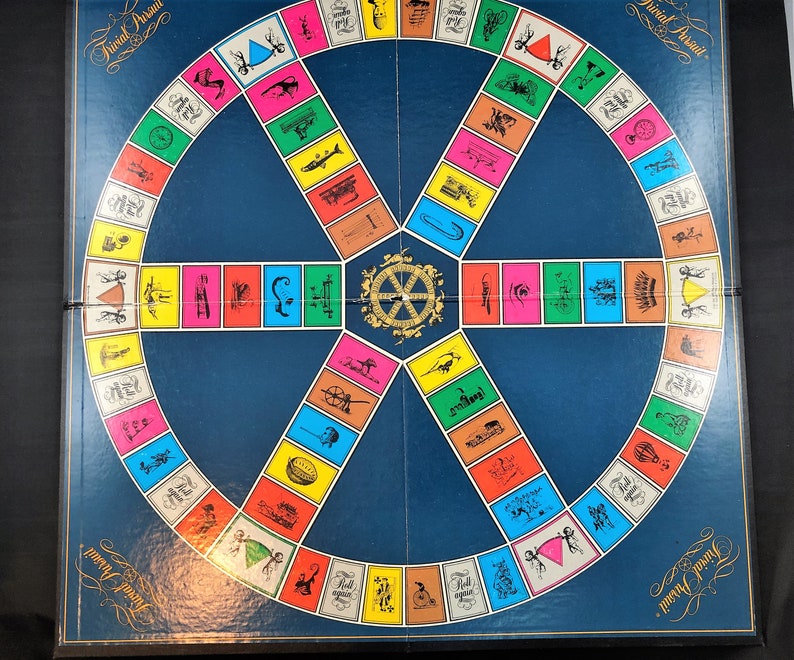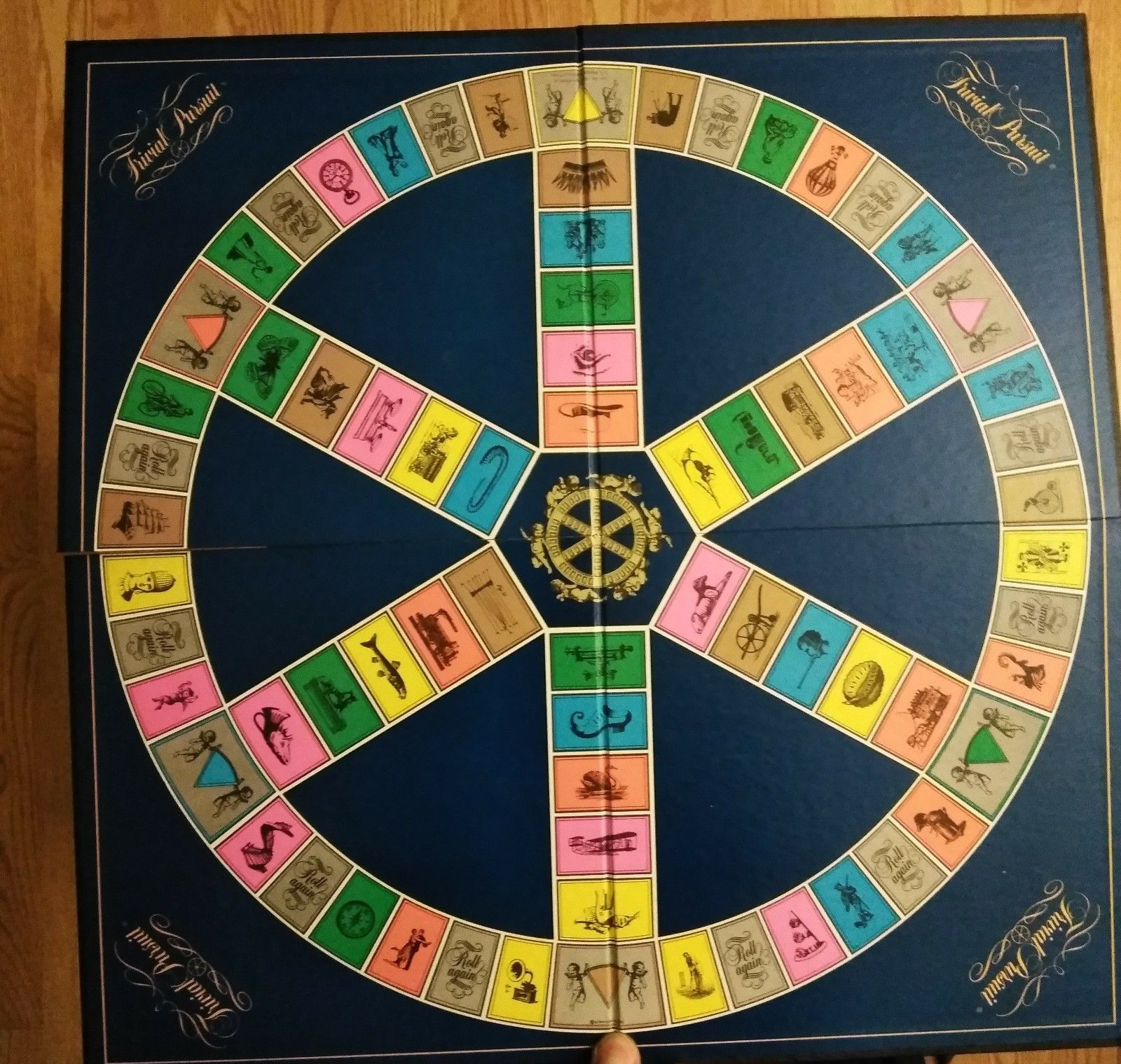

#TRIVIAL PURSUIT VIDEO GAME SERIES#
What Trivial Pursuit fans want is an awesome new edition-Genus VII-to return the board game series to its former glory. We turn Trivial Pursuit into a party game by playing loud music, drinking the occasional adult beverage, and snickering at our opponent's inability to answer the simplest of trivia questions. Your average Trivial Pursuit fan is not looking for a party game. By learning trivia, be it 60s pop music facts or 19th century baseball statistics, people get to live in a "better world," a time when things were simpler, and all that jazz. Why It Might Work: Trivial Pursuit is built on trivia, which is itself a nostalgic act. Let's imagine world where Hasbro bites its thumb at the board gaming world, sticks to its guns, releases Genus VII and begins to re-release new copies of vintage editions. So what does the future hold for Trivial Pursuit? Here are three possible scenarios. Trivial Pursuit, with its turn-taking, boring old wheel game board, and stuffy trivia question and answer interface, isn't what board game fanatics are looking for anymore-or so the thinking goes.

Big sellers in the board game industry are more boisterous games, usually called party games. If the main-game champion managed to knockout everybody else's wedges before they knockout his/hers, s/he won the prize package.īased on the board game of the same name by Selchow & Righter/Horn Abbot (later Parker Brothers, now Hasbro).Board games aren't what they were in 1981, when Trivial Pursuit first appeared. A wrong answer by the champion would eliminate one of his/her own wedges a right one would eliminate one of his/her opponent's wedges. The winning contestant would move to a separate podium, and would face off against them in a series of jump-in questions. The winner will try to win that $10,000 package in an elimination-style bonus round here, the lit wedges from the front game serve as "lives" in a sense (much like another Wolpert game, Hit Man).

A player could either hope to try and get the car by proceeding down his/her path, or choosing to spin his/her pie if s/he landed on a lit wedge, s/he automatically won the game and advanced to the hub. The third round had a car being hidden on the players' untraversed paths. Added to each player's path to the hub would be a prize, located on the part of the path the player hadn't traversed yet. The second round of play proceeded similarly, but with a few twists if a question is answered incorrectly, the contestant who bought the question could answer it themselves. Every right answer would get them one space closer to the hub, and light a wedge on their pie. The person could either take what one of their opponents had "purchased" in that category, or change the category. Hard questions cost $100, medium questions cost only $50 and easy questions were free. The difficulty of the questions (in the six categories normally used in Trivial Pursuit games of the period) were decided by the counterclockwise player who bought one using his/her money. The object of the game is to answer six questions correctly to reach the hub (the center of the game board) and at the same time, light up all six wedges of the pie in front of them. Four contestants compete for a chance to win over $10,000 in cash & prizes.


 0 kommentar(er)
0 kommentar(er)
